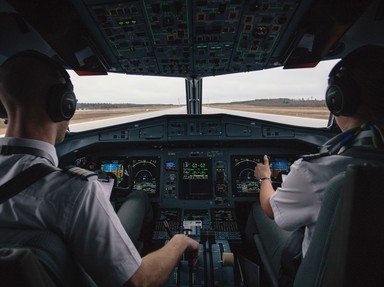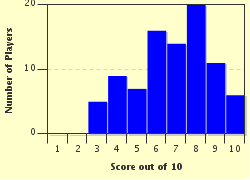Quiz Answer Key and Fun Facts
1. The British introduced the first commercial jet airliner in 1952. What was the name of this jet aircraft?
2. While the Comet was the first jet airliner, the Americans were not far behind with their first, flying in December 1957 and into commercial usage in October 1958. What was the first American jet airliner?
3. The second generation of jet airliners were, in general, smaller as these type of planes were designed for shorter routes. Most had three engines. Which one of the following (ironically the only one with a model number divisible by three) did NOT have three engines?
4. The 1970s saw the introduction of the wide bodied jet airliner. This meant there were two aisles so there could be seating from 7-10 (in economy class) abreast. Which one of these airliners was *NOT* a wide body jet?
5. With the launch of the Boeing 747 in 1969, this airliner became the most recognisable in the world. It was differentiated by an upper deck for part of its length.
6. The Concorde was one of only two supersonic commercial jet airliners. Which two countries signed a treaty to produce such an airliner?
7. The efficiencies in air travel are such that more people are flying more places than ever before. Two narrow body, twin-engined airliners that seat 100-200 passengers have sold over 17000 planes between them. What are these two jet airliners?
8. The introduction of the regional jet made flying at jet speeds for smaller distances of 500 miles or less attractive for routes normally plied with turboprops. Which one of the following models is *NOT* a regional jet (pictured)?
9. The Airbus A380 is a double-decker, wide-body, airliner manufactured by Airbus. It was built to compete with Boeing's 747 at the big end of the passenger market. Which one of the following comparable facts between the A380 and the 747-800 is *NOT* true?
10. After the Airbus A380 came online there has been a focus on improving efficiency of design. The Boeing 787, released in 2011, has many innovative design features. It is designated the "Dreamliner".
Source: Author
1nn1
This quiz was reviewed by FunTrivia editor
trident before going online.
Any errors found in FunTrivia content are routinely corrected through our feedback system.

